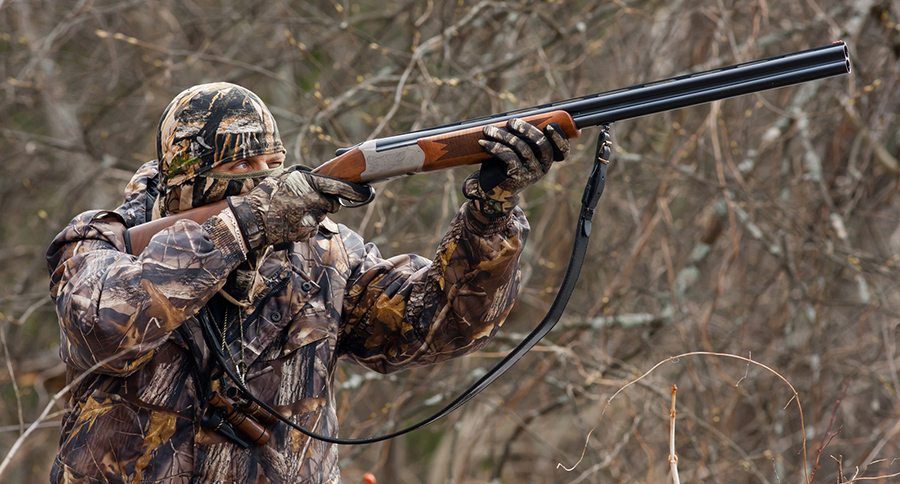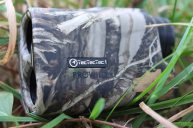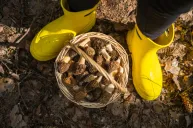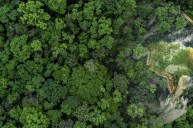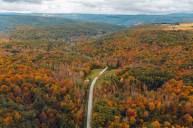Cam opatterns come in the widest variety ever, so here are some ideas depending on where you're hunting.
Today's camouflage is a little more intricate with open, large, light-colored patches, which are adjacent to shading to create contrast with a detailed design of branches, bark and leaves for a 3-D effect.
Patterns are computer generated using algorithms that create pixelated, fractal designs to fade the hunter into the background. Camo companies are perfecting patterns by homing in on individual ecosystems and niches to create customized designs for specific hunting sites. Below are different forest ecosystems and the camo patterns to be worn when hunting in them.
Temperate Deciduous Forest
Characteristics:
- Four distinct seasons.
- First level of plants contain lichens, moss, ferns and wildflowers.
- Second level of plants contain maple, oak, birch, magnolia, sweet gum and beech trees.
- Third level contains conifers such as spruce, fir and pine trees.
For oak and maple tree forests, Ameristep Tangle provides the perfect combination of leaves, small branches and fall grasses to be used during the fall or early spring, especially in areas between the woods including pastures and croplands. For deciduous forests with mostly maple trees, go with the Matrix Camo, which is designed with vertical patterns that would be most effective in a willow environment. Designed with a computer-enhanced background containing digitized red oak bark, the Mossy Oak New Break-Up features "ghost shadows" that mimick the shading effect of branches and leaves.
Boreal/Taiga Coniferous Forests
Characteristics:
- Severely long winters and short summers.
- Covered with coniferous trees such as furs, spruces and pines.
- Large sections contain permanent permafrost.
Hunters in a boreal or taiga coniferous forest must be able to camouflage in the snow. Cabela's Seclusion 3D Winter pattern compliments the white snow background with images of trees and branches that break up the human outline allowing hunters to disappear into their surroundings. For one of the highest-quality patterns on the market, go with the True Timber MC2 Snow to easily camouflage into a forest densely packed with trees and branches covered in snow, perfect for most months in that ecosystem.
Woodland Forests
Characteristics:
- Have an open canopy with full sunlight.
- Contain trees, brush and grasses.
- Transition zones between different ecosystems (e.g., grasslands, forests and deserts).
The perfect universal woodland pattern, Cabela's Zon Woodlands provides the perfect blend of three zones, dispersed with trees, brush and sparse leafless branches. For a woodland forest transitioning into a full forest, the King's Woodland Shadow provides brown tones with branches and leaves to camouflage you into your surroundings.
WATCH
NEXT: MOSQUITO REPELLENTS FOR HUNTERS: OLD VS NEW
